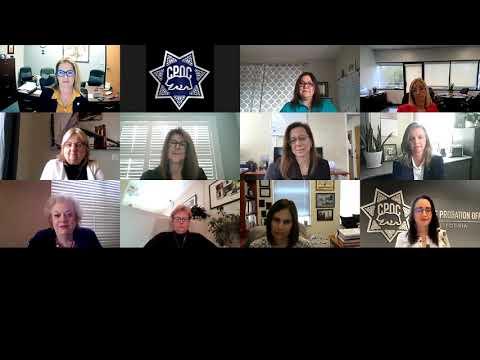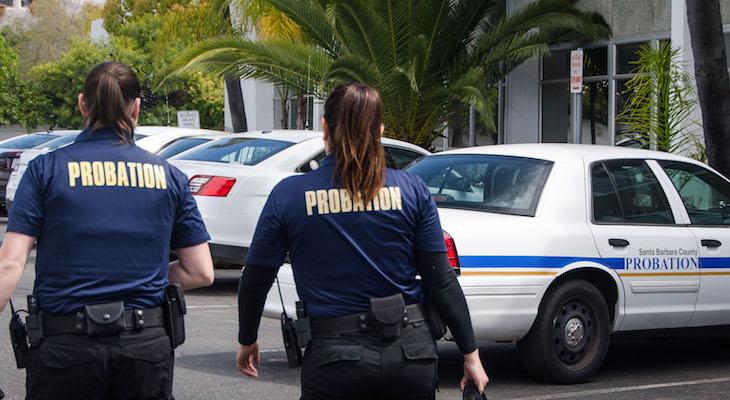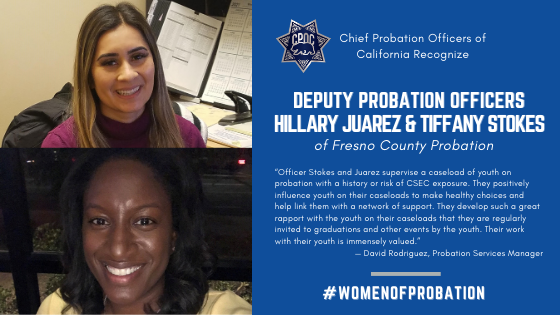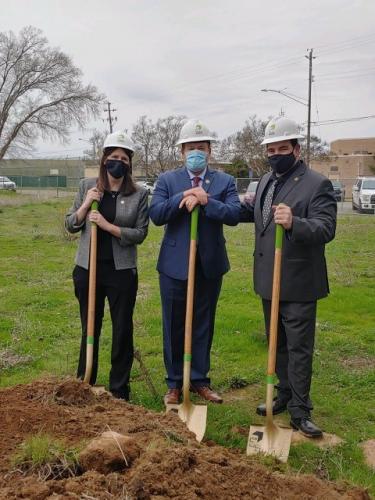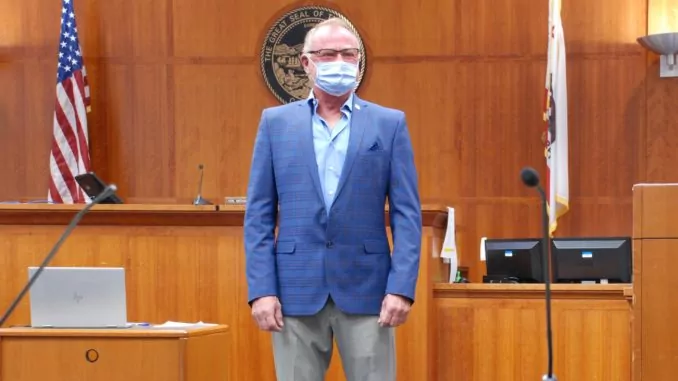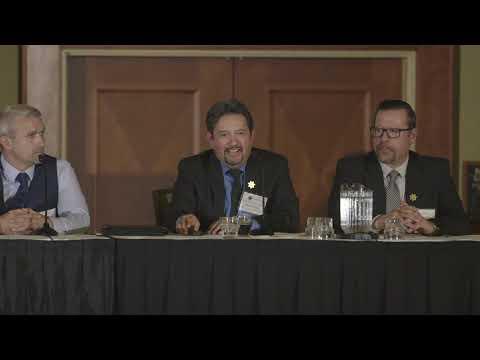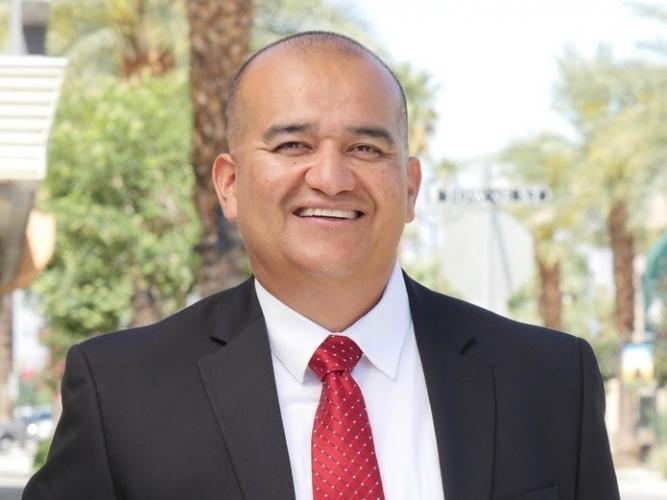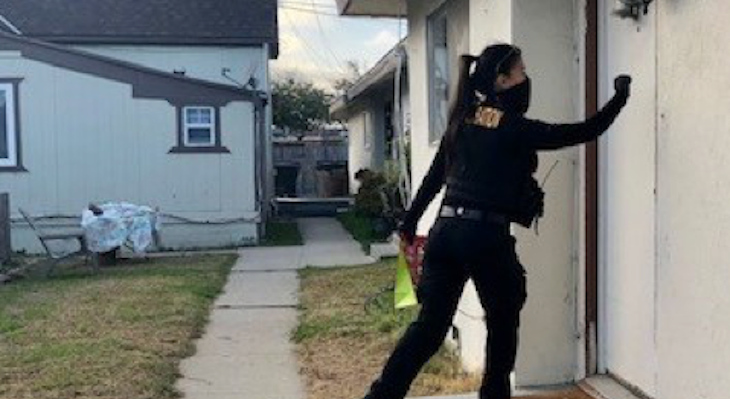News Coverage
Breaking Through: A Conversation with the Female Leaders of California Probation
As part of the Chief Probation Officers of California’s (CPOC) celebration of Women’s History Month in 2021, CPOC hosted a conversation with many of California’s women Probation Chiefs during a webinar on March 19, 2021. With 51% of probation officers in California being women, this important discussion highlights the value women bring to the probation profession and the importance of a work environment responsive to opportunities for advancement.
Q&A with Chief Tanja Heitman during Women’s History Month 2021
Did you know over half of the probation officers in California are women? 51% of probation officers in California are women, representing diverse and well-trained professionals to help provide accountability for justice-involved individuals while focusing their efforts on long-term community safety through the use of evidence-based rehabilitation and programs.
Q&A with Chief Jennifer Branning during Women’s History Month 2021
Did you know over half of the probation officers in California are women? 51% of probation officers in California are women, representing diverse and well-trained professionals to help provide accountability for justice-involved individuals while focusing their efforts on long-term community safety through the use of evidence-based rehabilitation and programs.
ICYMI: Probation Officers Hand Out Wellness Bags
From the Santa Barbara Edhat.
On March 25, 2021, the Santa Barbara County Probation Department conducted county-wide wellness checks on active Probation and Post Release Community Supervision clients. The operation specifically focused on probationers where it was determined there were children, victims, or vulnerable adults in the home.
Women’s History Month Highlight: Officer Stokes & Officer Juarez
March is Women’s History Month and to celebrate the month CPOC is highlighting some of the incredible women Probation officers and the work they do for our communities.
Probation Fact: 51% of Probation Officers in California are women
2 of those officers are Fresno County Probation Officers Tiffany Stokes and Hillary Juarez. Both have dedicated to working with youth to help them onto healthier pathways in the community.
Thank you for your work to help youth and our communities!
ICYMI: New Adult Drug Treatment Program Approved In San Diego County
From Patch.
County supervisors Tuesday unanimously approved the launch of a residential drug and alcohol treatment program to help adults re-enter society and keep them out of jail.
The county will now put the program, to be run by the Probation Department, out for bid.
Q&A with Chief Kelly Zuniga during Women’s History Month 2021
Did you know over half of the probation officers in California are women? 51% of probation officers in California are women, representing diverse and well-trained professionals to help provide accountability for justice-involved individuals while focusing their efforts on long-term community safety through the use of evidence-based rehabilitation and programs.
ICYMI: Marin drug court gets $500K to aid defendants
By Richard Halstead
From the Marin Independent Journal
A new $500,000 grant from the federal Bureau of Justice Assistance will enable Marin County to provide additional assistance to defendants in drug court.
The three-year grant will help pay for additional beds in sober living environments and a part-time recovery coach to connect participants with other services.
Women’s History Month Spotlight: Removing Barriers & Changing Lives
From the Merced County Times.
For someone like Kelly Turner, a fulfilling life is being wide awake at 5:30 a.m. for the drive to Los Banos where a troubled young man is in need of a ride to court.
It’s a 19-hour Saturday for a field trip to Folsom Prison where a group of teens experience a heartfelt and emotional intervention program and then a decompression dinner in Sacramento.
SPOTLIGHT: Sierra County Probation Helps Seniors During Pandemic
Sierra County Probation Delivered Daily Meals to Vulnerable Members of the Community
Sierra County Probation took it upon themselves to go above and beyond to help their community during the heart of the stressful COVID-19 pandemic.
ICYMI: Construction of new Tri-County juvenile hall has begun
By David Wilson
After eight years, it’s finally time for a shovel to hit the ground in the construction of the Tri-County Juvenile Rehabilitation Facility. Construction began on Tuesday, according to Yuba County Director of Administrative Services Perminder Bains.
The project is estimated to be completed in July 2022 and occupied by September 2022.
ICYMI: ‘Second chance’: Court Program Offers Treatment Over Jail Time For Veterans With Criminal Cases
By Evan Tuchinsky
Thursday and Friday mornings, like clockwork, Randy Cook heads to Five Mile Recreation Area in Bidwell Park to connect with fellow veterans. Cook served in the U.S. Marine Corps Special Forces during the Vietnam War, arriving he was 17 and facing combat as soon as he turned 18; now 68, he still faces demons from those dark days.
Probation During COVID-19: Feeding the Homeless
El Dorado Probation Youth and Staff Cook Over 3,000 Meals for Locals
In response to COVID-19, Governor Newsom authorized $150 million in March 2020 to establish Project Roomkey, a program that allows counties to provide shelter options for people experiencing homelessness to minimize the strain on local health care systems. Project Roomkey offers people experiencing homelessness exposed to or recovering from COVID-19 a safe place to properly quarantine outside of a hospital, especially if they are at high risk for medical complications.
ICYMI: Pilot program at San Benito Juvenile Hall aims to change youth behavior
By Noe Magaña
Eight current and former youths in custody in San Benito County Juvenile Hall were celebrated on Jan. 8 in a virtual graduation ceremony for a new program called Believe to Achieve, which teaches participants about goals, responsibility and accountability. Half of the residents remain in juvenile hall, while the others completed the program upon release.
San Joaquin County Probation’s Passport Program: Steven’s Story
As a child, Steven grew up with neglectful parents and was placed in a group home. He had a very rough life in and out of the system for what felt like a lifetime. Steven suffered from an addiction to harmful substances and alcohol.
He always wanted a change in his life but never knew how to ask or get the help he needed.
After years of unsuccessful attempts to get his life on a better path, Steven and his family moved to Stockton.
ICYMI: Probation Officer Awarded For Youth Education Initiatives
By Payton Potter
From Patch.
A Riverside County probation officer was given the Chief Probation Officers of California 2020 Award of Excellence for his work educating county youths.
The Riverside County Probation Department said the award is given to a probation employee who has made significant contributions to the profession in the year prior.
ICYMI: Removing Barriers & Changing Young Lives
By Jonathan Whitaker
From the Merced County Times.
For someone like Kelly Turner, a fulfilling life is being wide awake at 5:30 a.m. for the drive to Los Banos where a troubled young man is in need of a ride to court.
It’s a 19-hour Saturday for a field trip to Folsom Prison where a group of teens experience a heartfelt and emotional intervention program and then a decompression dinner in Sacramento.
CPOC President Statement on Governor’s Budget Proposal and DJJ Closure Date
Sacramento, CA, January 8, 2021 – The Chief Probation Officers of California (CPOC) President Chief Steve Sentman issued the following statement in response to Governor Gavin Newsom’s proposed budget.
ICYMI: Santa Barbara Probation Conducts Wellness Checks in “Operation Safe at Home”
On December 17, 2020, the Santa Barbara County Probation Department, in collaboration with the Office of the District Attorney, Victim Services Division, conducted county-wide wellness checks on active probation clients. The operation specifically focused on probationers where it was determined there were children, victims, or vulnerable adults in the home. These cases included but were not limited to domestic violence, child abuse, elder abuse, family violence, and where there was a child likely residing in the home.
ICYMI: CPOC nominates Ken Gnoss California’s Judicial Officer of the Year
By Chris Smith
From The Press-Democrat.
Ken Gnoss, the former police office and criminal prosecutor who in 2005 became a Sonoma County judge, is what I’ve long considered to be an exceptionally good guy.
Members of the state Chief Probation Officers of California heartily agree.

